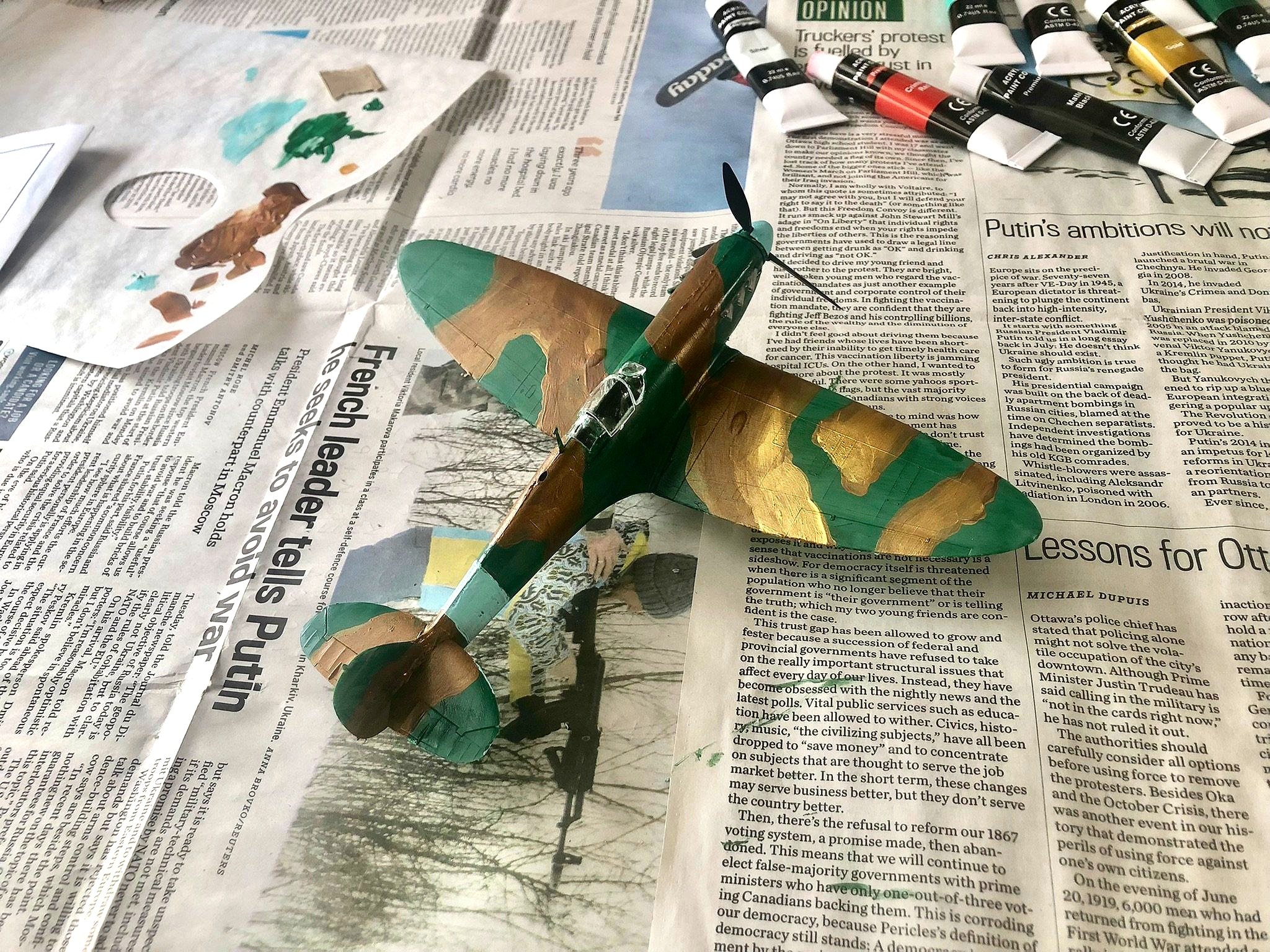Back at the turning of the calendar from August to September two different aerial phenomena visited the Greater Toronto Area.
There was the Labour Day weekend Air Show at the Canadian National Exhibition, an event that inspires as much ire as it does wonder; and then the High Park HawkWatch — far less controversial (and loud).
US Navy Blue Angels practicing above Lake Ontario ahead of the 2023 CNE Air Show.
A Red-tailed Hawk surveying Toronto’s Leslie Street Spit for something to eat.
I spend a lot of time over Labour Day weekend every year trying to avoid fights on social media because, well, I kind of like the Air Show, while many of my Toronto neighbours despise it. Too noisy, too fumey, too militaristic. I get it. And yet.
I built airplane models as a kid (and as an adult), am fascinated by World War Two and, were it not for a debilitating phobia about heights and flying, might have become a pilot. I love the thought of flying so much, I don’t hesitate to down a couple tranquillizers and take the window seat whenever possible on commercial flights. I watch aerial acrobatics with a mixture of envious passion and gut-sinking fear. Is it any wonder I would eventually find my way to birding, given how much time I’ve spent with my head in the skies?
A model of a Royal Air Force Supermarine Spitfire I built while I had Covid. This little baby now flies from copper wire in my northern workshop, where I occasionally bash it with a ladder while moving things around. Tough little aircraft, the Spitfire.
But yeah, humans have spent too much time figuring out ways to deliver death and destruction from those same skies. There’s no arguing against that fact. So mostly I just watch the amazing maneuvers and keep my wonder and excitement to myself.
The annual HawkWatch, on the other hand… who doesn’t love spotting a soaring raptor on its autumn migration? Migrating raptor counts take place all along the annual flyways, and the Toronto Ornithological Club has hosted one at High Park’s “Hawk Hill” for the past thirty years. Hawk Hill is little more than a bump on the immediate surrounding landscape, but it sits a good 38 meters above Lake Ontario to the south, and provides a remarkably wide vista showing incoming raptors riding the winds from the north. Birds of prey heading south for the winter in this part of the world reach the shoreline of massive Lake Ontario and tend to turn west to get to an easier crossing of the big water. That makes Hawk Hill an ideal observation point as bird after birds soars past on a seemingly endless hawk highway.
Toronto’s Hawk Hill doesn’t look like much, but during migration season it is host to many a nerdy crowd.
I became aware of High Park’s HawkWatch from the TOC newsletter, and so sought out Hawk Hill a few times over the autumn watch period. My first visit was in early September, and I found myself (almost) alone on the hilltop not really knowing what I was looking for or how best to spot incoming birds. It’s much better, I later discovered, to show up when you know an official spotting and recording crew will be there. Look for a small crowd of birders with their scopes and binoculars trained on the eastern sky. I’m not bad at spotting and identifying birds that are actually close by, but the skill of noting an approaching raptor from kilometers away is going to take me a few years, I think. For now, I lean on the experience of those who have been watching the hawks for years.
While I didn’t see a whole lot in the air my first stop at Hawk Hill, I was greeted by this Cooper’s Hawk just hanging out like it owned the place.
“A couple of sharpies approaching just above the red oak,” someone calls out, and everyone turns their scopes in unison. Somehow, two tiny dots in the distance are recognizable as Sharp-shinned Hawks (Accipiter striatus).
The HawkWatch is another of the many citizen-scientist opportunities for amateur birders. I am proud to have contributed one Red-tailed Hawk (Buteo jamaicensis) to the cause this year. While everyone else was looking east, it soared in straight out of the north when I happened to be gazing around. I pointed it out to the official identifier and got a satisfying “Nice spotting,” as a reward.
My single contribution to 2023’s (official) raptor count. A Red-tailed Hawk soaring above High Park in early November.
Having watched a family of Cooper’s Hawks (Accipiter cooperii) nest and grow from spring through fall, helping out at HawkWatch 2023 was a nice full-circle experience. I don’t know if any of my Cooper’s will return in March, but at least I know a good spot to watch for other raptors come next September.
“You cannot friend a hawk, they said, unless you are a hawk yourself, alone and only a sojourner in the land, without friends or the need of them.”
I officially made it to 200 bird species identified in 2023 on December 3rd, when I encountered a Long-eared Owl in Colonel Samuel Smith Park in Etobicoke. Not bad for my first year at this game. Happy holidays everyone!







